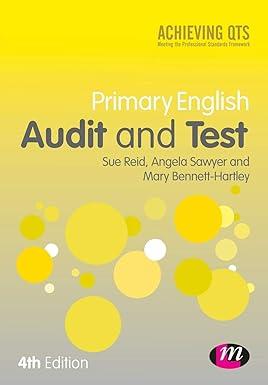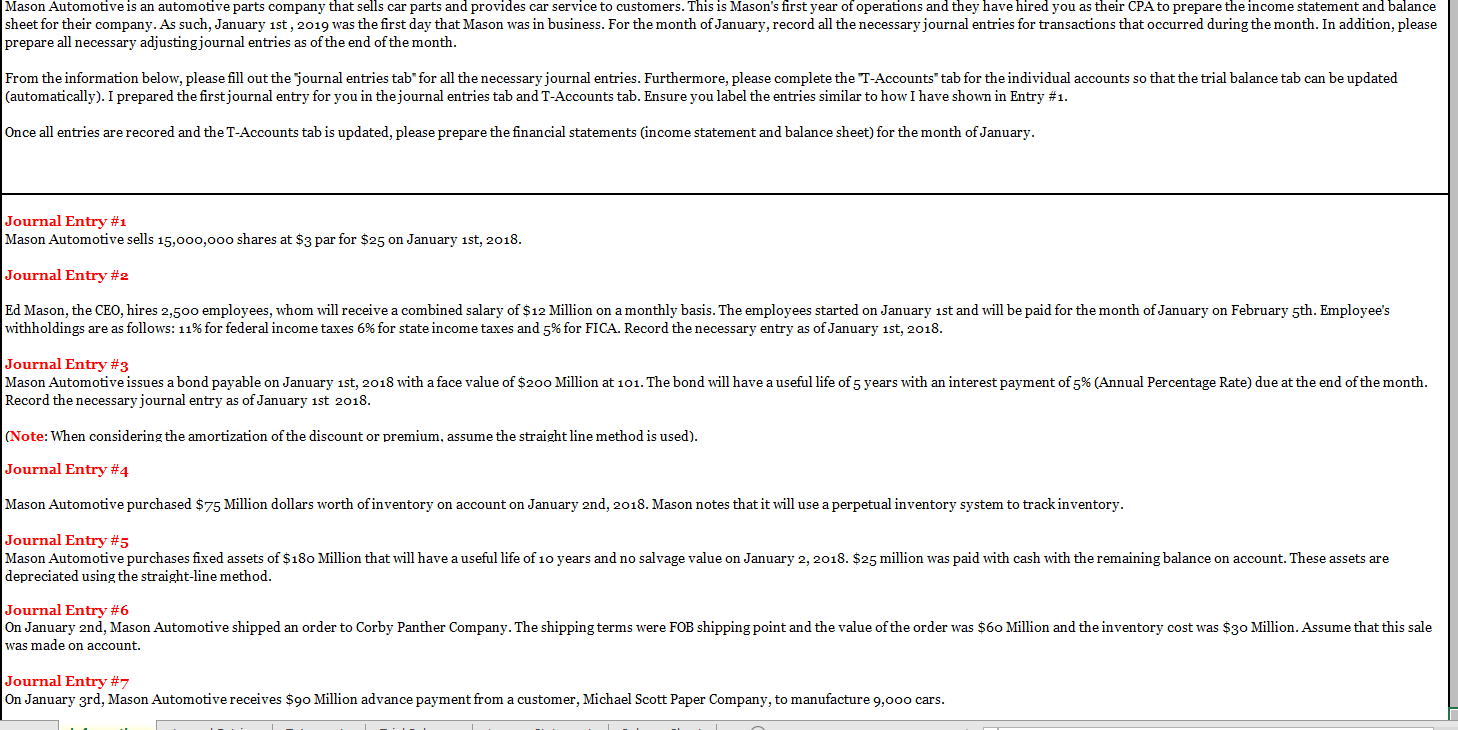
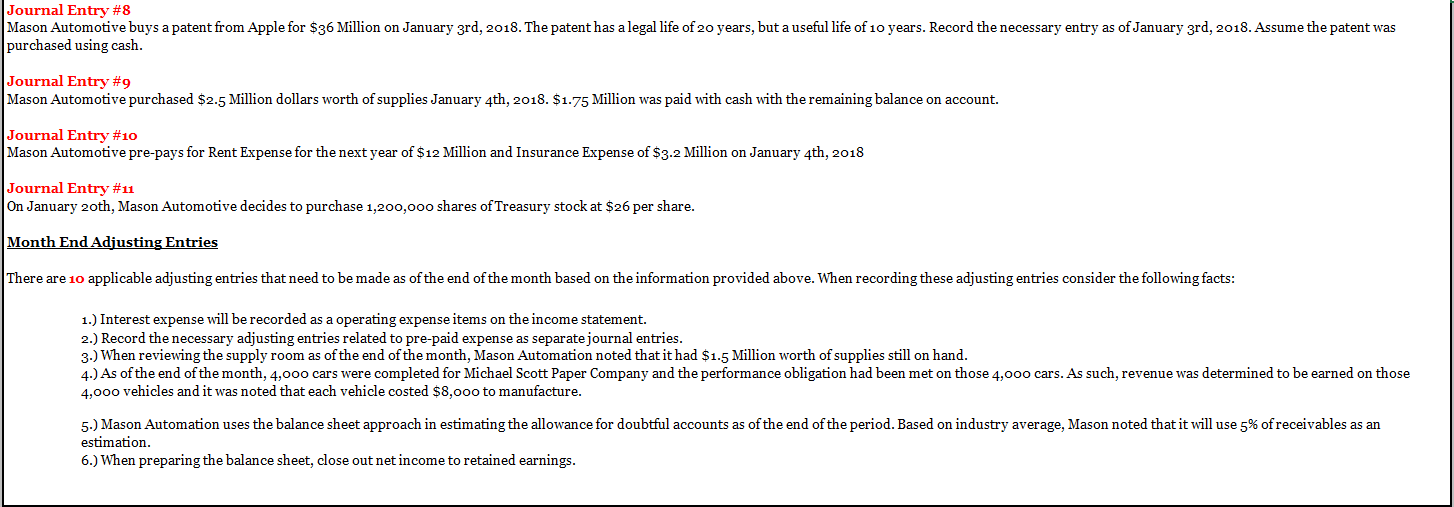
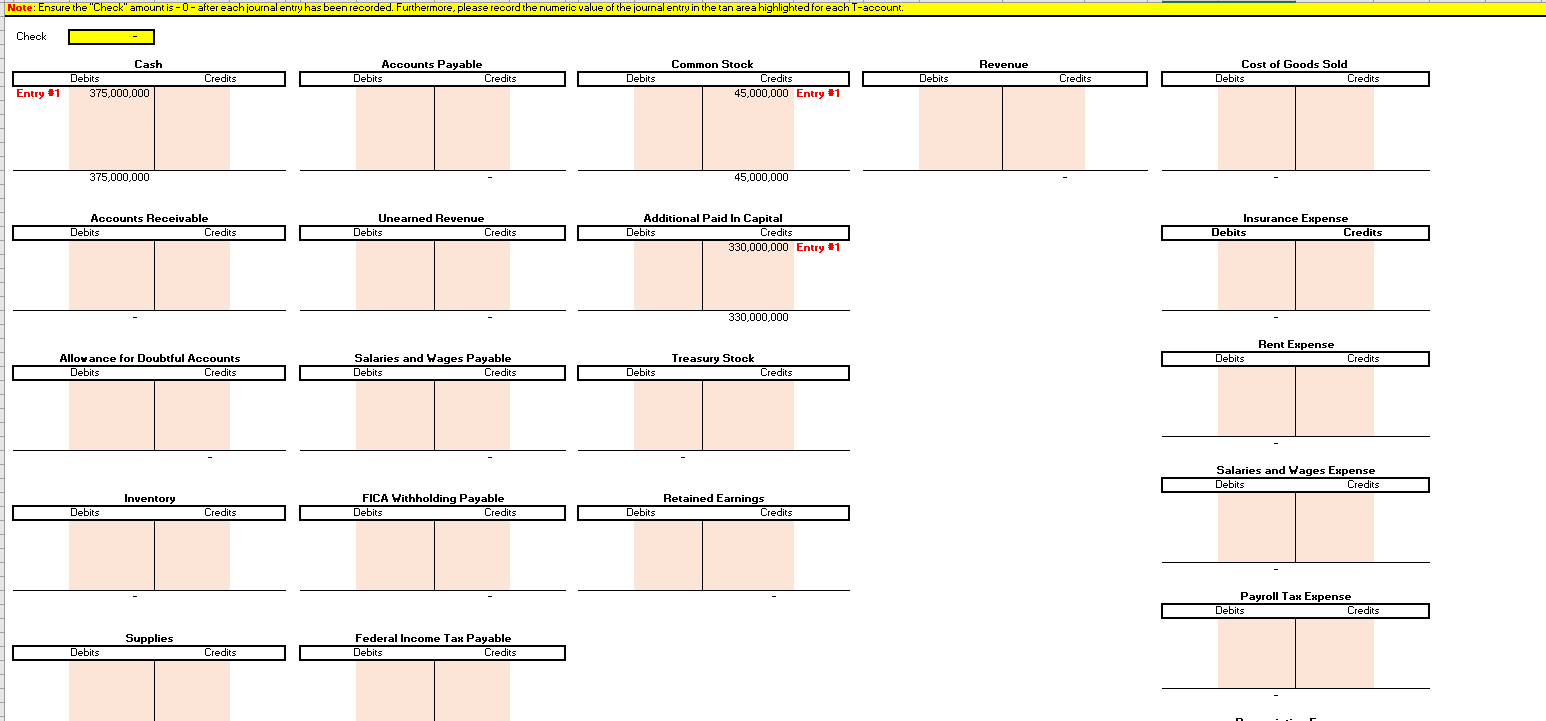
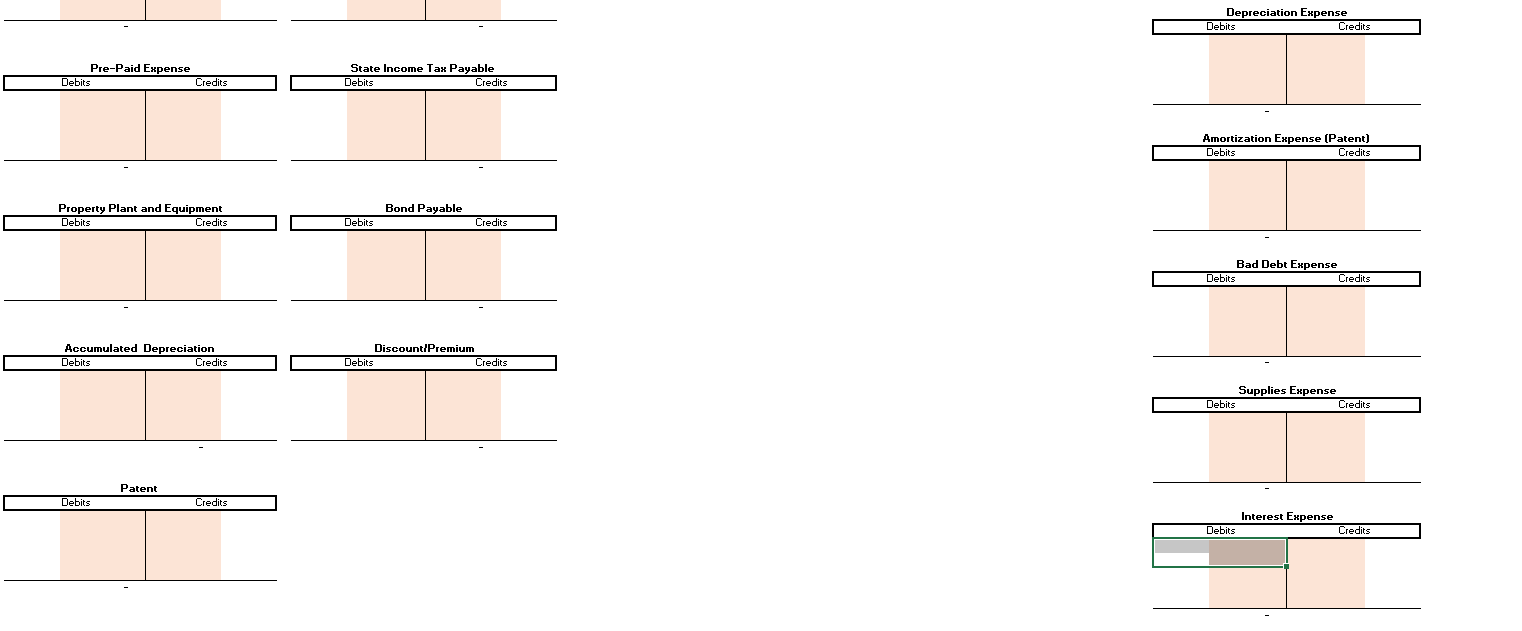
Mason Automotive is an automotive parts company that sells car parts and provides car service to customers. This is Mason's first year of operations and they have hired you as their CPA to prepare the income statement and balance sheet for their company. As such, January 1st, 2019 was the first day that Mason was in business. For the month of January, record all the necessary journal entries for transactions that occurred during the month. In addition, please prepare all necessary adjustingjournal entries as of the end of the month. From the information below, please fill out the journal entries tab" for all the necessary journal entries. Furthermore, please complete the T-Accounts" tab for the individual accounts so that the trial balance tab can be updated (automatically). I prepared the first journal entry for you in the journal entries tab and T-Accounts tab. Ensure you label the entries similar to how I have shown in Entry #1. Once all entries are recored and the T-Accounts tab is updated, please prepare the financial statements (income statement and balance sheet) for the month of January. Journal Entry #1 Mason Automotive sells 15,000,000 shares at $3 par for $25 on January 1st, 2018. Journal Entry #2 Ed Mason, the CEO, hires 2,500 employees, whom will receive a combined salary of $12 Million on a monthly basis. The employees started on January 1st and will be paid for the month of January on February 5th. Employee's withholdings are as follows: 11% for federal income taxes 6% for state income taxes and 5% for FICA. Record the necessary entry as of January 1st, 2018. Journal Entry #3 Mason Automotive issues a bond payable on January 1st, 2018 with a face value of $200 Million at 101. The bond will have a useful life of 5 years with an interest payment of 5% (Annual Percentage Rate) due at the end of the month. Record the necessary journal entry as of January 1st 2018. (Note: When considering the amortization of the discount or premium, assume the straight line method is used). Journal Entry #4 Mason Automotive purchased $75 Million dollars worth of inventory on account on January 2nd, 2018. Mason notes that it will use a perpetual inventory system to track inventory. Journal Entry #5 Mason Automotive purchases fixed assets of $180 Million that will have a useful life of 10 years and no salvage value on January 2, 2018. $25 million was paid with cash with the remaining balance on account. These assets are depreciated using the straight-line method. Journal Entry #6 On January 2nd, Mason Automotive shipped an order to Corby Panther Company. The shipping terms were FOB shipping point and the value of the order was $60 Million and the inventory cost was $30 Million. Assume that this sale was made on account. Journal Entry #7 On January 3rd, Mason Automotive receives $90 Million advance payment from a customer, Michael Scott Paper Company, to manufacture 9,000 cars. Journal Entry #8 Mason Automotive buys a patent from Apple for $36 Million on January 3rd, 2018. The patent has a legal life of 20 years, but a useful life of 10 years. Record the necessary entry as of January 3rd, 2018. Assume the patent was purchased using cash. Journal Entry #9 Mason Automotive purchased $2.5 Million dollars worth of supplies January 4th, 2018. $1.75 Million was paid with cash with the remaining balance on account. Journal Entry #10 Mason Automotive pre-pays for Rent Expense for the next year of $12 Million and Insurance Expense of $3.2 Million on January 4th, 2018 Journal Entry #11 On January 20th, Mason Automotive decides to purchase 1,200,000 shares of Treasury stock at $26 per share. Month End Adjusting Entries There are 10 applicable adjusting entries that need to be made as of the end of the month based on the information provided above. When recording these adjusting entries consider the following facts: 1.) Interest expense will be recorded as a operating expense items on the income statement. 2.) Record the necessary adjusting entries related to pre-paid expense as separate journal entries. 3.) When reviewing the supply room as of the end of the month, Mason Automation noted that it had $1.5 Million worth of supplies still on hand. 4.) As of the end of the month, 4,000 cars were completed for Michael Scott Paper Company and the performance obligation had been met on those 4,000 cars. As such, revenue was determined to be earned on those 4,000 vehicles and it was noted that each vehicle costed $8,000 to manufacture. 5.) Mason Automation uses the balance sheet approach in estimating the allowance for doubtful accounts as of the end of the period. Based on industry average, Mason noted that it will use 5% of receivables as an estimation. 6.) When preparing the balance sheet, close out net income to retained earnings. Note: Ensure the "Check" amount is - 0 - after each journal entry has been recorded. Furthermore, please record the numeric value of the journal entry in the tan area highlighted for each T-account. Check Cash Debits 375,000,000 Accounts Payable Debits Credits Revenue Cost of Goods Sold Debits Credits Credits Common Stock Credits 45,000,000 Entry #1 Debits Debits Credits Entry #1 375,000,000 45,000,000 Accounts Receivable Debits Credits Unearned Revenue Debits Credits Additional Paid In Capital Debits Credits 330,000,000 Entry #1 Insurance Expense Debits Credits 330,000,000 Rent Expense Debits Credits Alloy ance for Doubtful Accounts Debits Credits Salaries and Wages Payable Debits Credits Treasury Stock Credits Debits Salaries and Wages Expense Debits Credits Inventory FICA Withholding Payable Debits Credits Retained Earnings Credits Debits Credits Debits Payroll Tax Expense Debits Credits Supplies Federal Income Tax Payable Debits Credits Debits Credits Depreciation Expense Debits Credits Pre-Paid Expense Debits Credits State Income Tax Payable Debits Credits Amortization Expense (Patent) Debits Credits Property Plant and Equipment Debits Credits Bond Payable Debits Credits Bad Debt Expense Debits Credits Accumulated Depreciation Debits Credits Discount/Premium Debits Credits Supplies Expense Debits Credits Patent Debits Credits Interest Expense Credits Debits










